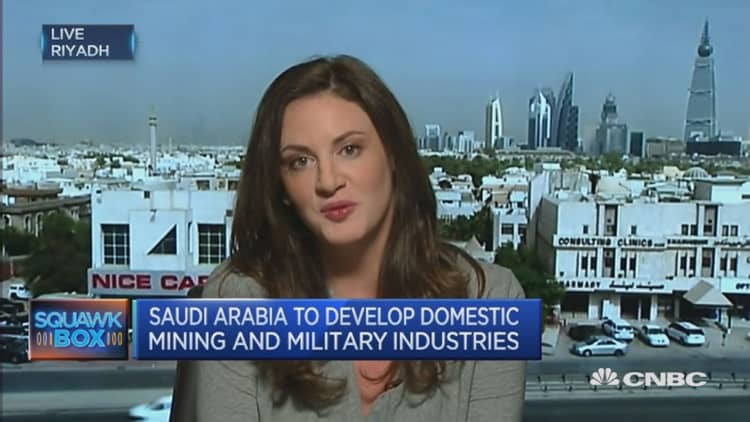


U.S. oil rose more than 3 percent on Tuesday as a tumbling dollar boosted commodities denominated in the greenback.
Crude oil futures also rose on the back of a 3-percent hike in U.S. gasoline and ultra-low sulfur diesel, or heating oil, prices. U.S. gasoline margins climbed as high as 4 percent in early trading in part on a series of refinery unit outages in the U.S. Gulf Coast market, traders said.
"I think the market has become more optimistic on oil products," said Scott Shelton, broker and commodities specialist with ICAP in Durham, North California. "If refining margins stay strong, crude runs will be quite high and that will make the odds of a crude stock draws increase significantly."
Analysts polled by Reuters expect the U.S. government to announce on Wednesday that crude stocks fell by 2.3 million barrels last week while distillate and gasoline stockpiles fell. Industry group American Petroleum Institute will issue preliminary inventory later on Tuesday.
Crude futures rose from early in the session as the dollar fell about half a percent ahead of Wednesday's Fed policy statement. The dollar rallied earlier this year, weighing on oil, as investors braced for possible interest rate hikes from the Fed's Federal Open Market Committee (FOMC).
Front-month Brent crude futures traded $1.22, or 2.7 percent, higher at $45.70 per barrel.
U.S. crude futures rose $1.40, or 3.3 percent, to settle at $44.04 a barrel, posting its best settle since November.
Oil prices have risen over the last three weeks, with Brent on track to finish April about 14 percent higher for its best monthly gain in a year, despite aborted plans by major producers to agree on an output freeze at a meeting in Qatar earlier this month.
"For now, the line of least price resistance remains to the upside and we will be reassessing this view in light of tomorrow's FOMC statement," said Jim Ritterbusch of Chicago-based oil market consultancy Ritterbusch & Associates.
Still, analysts warned of possible price wars and excessive supply as Saudi Arabia and Iran tussle for market share.
"If anyone had a doubt about Saudi Aramco's ability to use its logistical system and spot sales to increase market share, its recent 730,000-barrel sale of a cargo to a Chinese teapot refiner in Shandong should lay any doubts to rest," Citi said in a note to clients.
Citi said it was likely that Saudi Arabia was targeting 500,000 barrels per day in new sales to bring its production up to at least 11 million bpd.
On April 17, a deal to freeze oil output by OPEC and non-OPEC producers fell apart after Saudi Arabia, during talks in the Qatari capital of Doha, demanded Iran join in.
BMI said it expected Saudi output to average 10.3 million bpd, up from a previous estimate of 10.2 million bpd.
Iran wants to get back to pre-sanctions production of 4 million bpd. The country could achieve that goal within two months, a deputy oil minister was quoted as saying last week, in what could be read as a signal Tehran might be willing to join efforts to support prices by the time OPEC meets in June.
Some analysts are reluctant to be too optimistic about the prospects of further gains, given that supply and demand are still misaligned to the tune of some 1 million barrels a day.
"I think there is a downside correction due, but it's all about timing," PVM Oil Associates analyst Tamas Varga said.
"Maybe all the bulls are looking much further ahead than I do and are looking at the second half of the year, which is going to be less oversupplied than the first half. But on the other hand, the feeling two months ago was that in the second quarter, every single day global stocks would build by 1 or even 2 million barrels."





